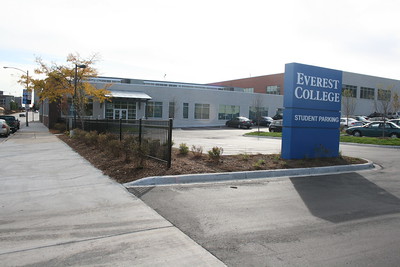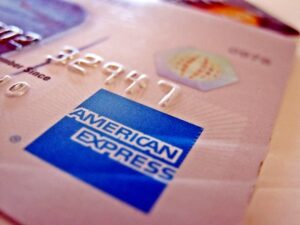From a student’s perspective, there’s not much to recommend a for-profit college. Regardless, they still have a strong appeal to certain students. It shouldn’t be hard for community colleges to compete effectively against them. But the enrollment numbers don’t bear that out. While community colleges struggle to land students, for-profit enrollment is up this year.
So, what’s wrong with for-profit colleges?
Only 1 out of 10 students enroll in a for-profit college, but those students account for half of all student loan defaults. That impacts the average taxpayer significantly. Nearly three-fourths of for-profit students take federal student loans. Since the Obama administration, federal student loans have come directly from the US Treasury. Currently, the outstanding student loan debt in the US is $1.6T. Much of that represents the taxpayers’ exposure to student loan defaults. For-profit colleges drive the upward spiral of taxpayer-backed student loan debt.
Worse, for-profit colleges target low-income students, peddling high-cost degrees and certificates that are nearly worthless on the open market. For-profit colleges drain away a low-income student’s Pell eligibility. That leaves low-income students with no way to pay for high-quality higher education or career training.
Not surprisingly, the results are predicable. 60% of Black students who enrolled in for-profit colleges in 2004 had defaulted on their student loans by 2016. And despite being the target of substantial recruiting efforts, Black and Latino students are most likely to drop out of for-profit colleges. This leaves them with extraordinary debt and no degree.
Recruiting students away from for-profit colleges
It shouldn’t be too hard to steer low-income students away from profit-seeking colleges. And yet, somehow it is. Community colleges have distinct cost and quality advantages over for-profit colleges. They offer support services to at-risk students. And their credits are transferable to other higher education institutions.
WCC would be doing low-income students an extraordinary service by doing more to recruit them. It’s not hard to put together a federal financial aid package for low-income students. In most cases, these students would qualify for fully funded federal education grants. These grants would allow students to attend with little or no out-of-pocket costs.
But WCC must find a way to reach these students before they make contact with for-profit schools. WCC must also be prepared to offer these students some free education about federal financial aid, the transferability of credits and their employability after graduation. That’s one more way to increase enrollment while remaining focused on WCC’s educational mission.
Photo Credit: Jeramey Jannene , via Flickr














